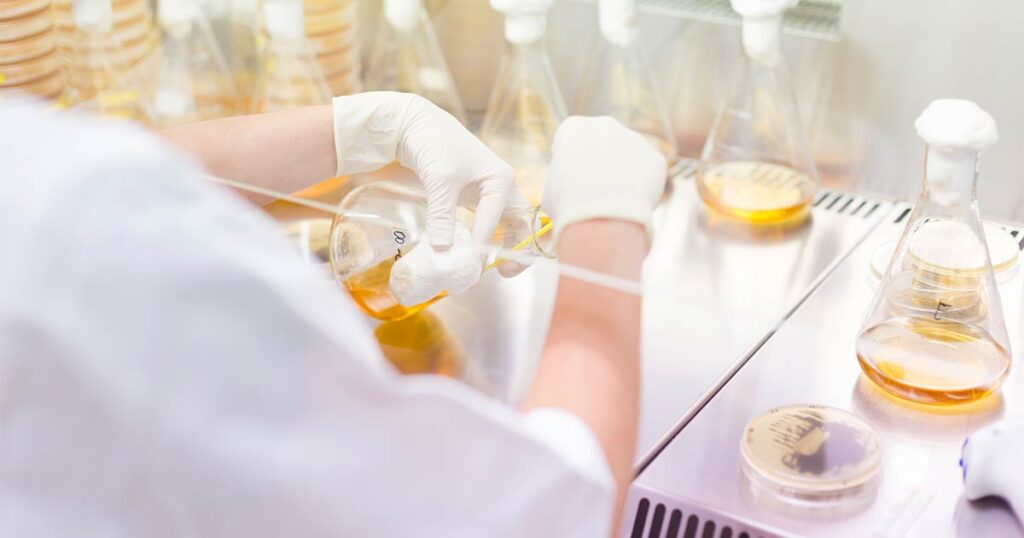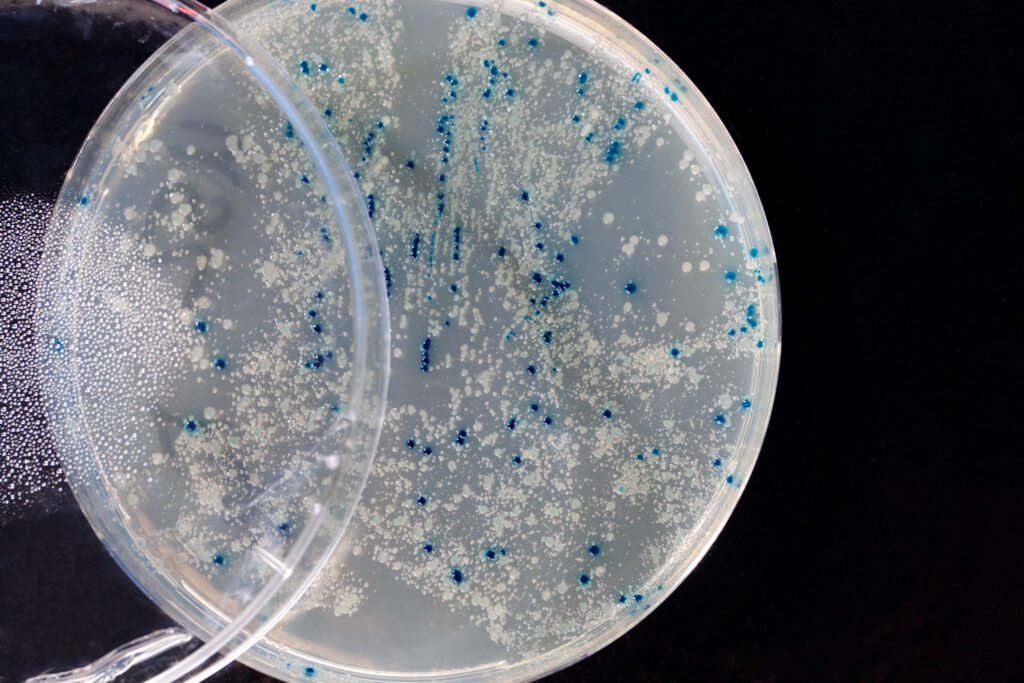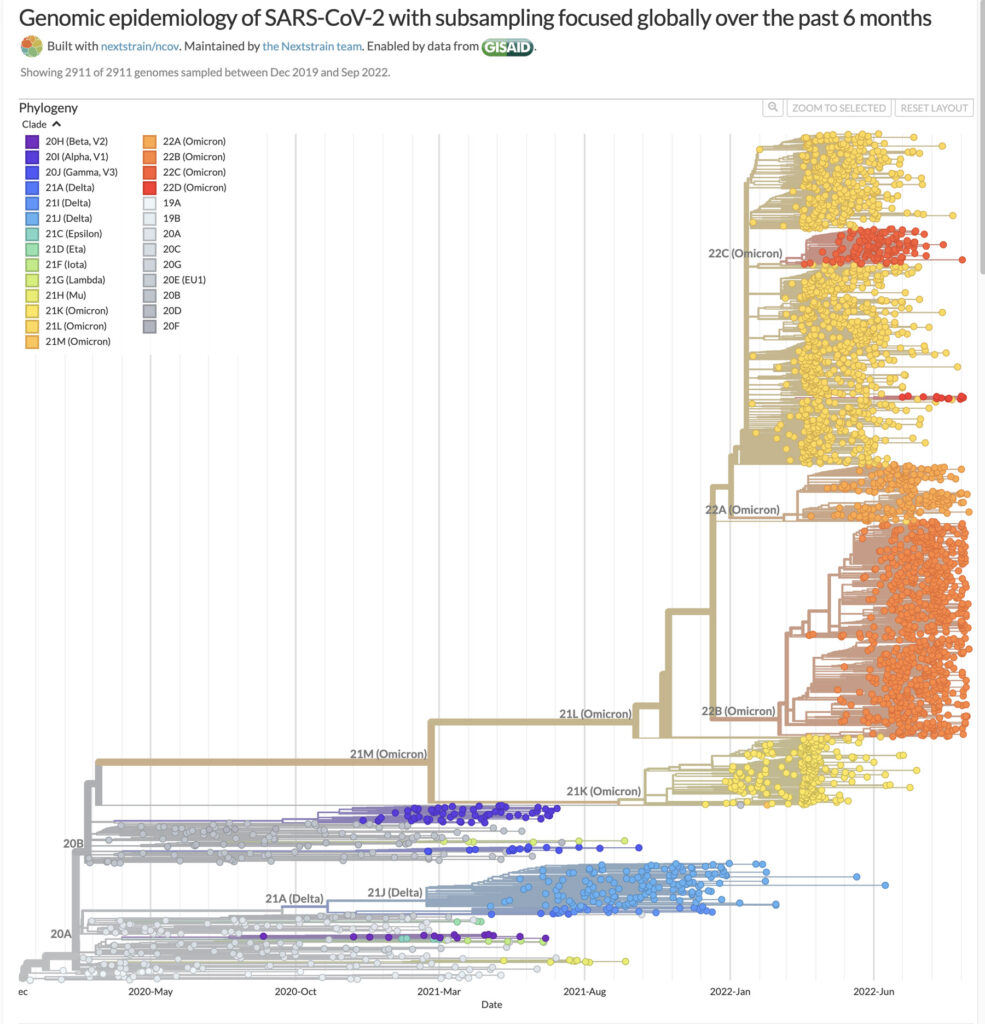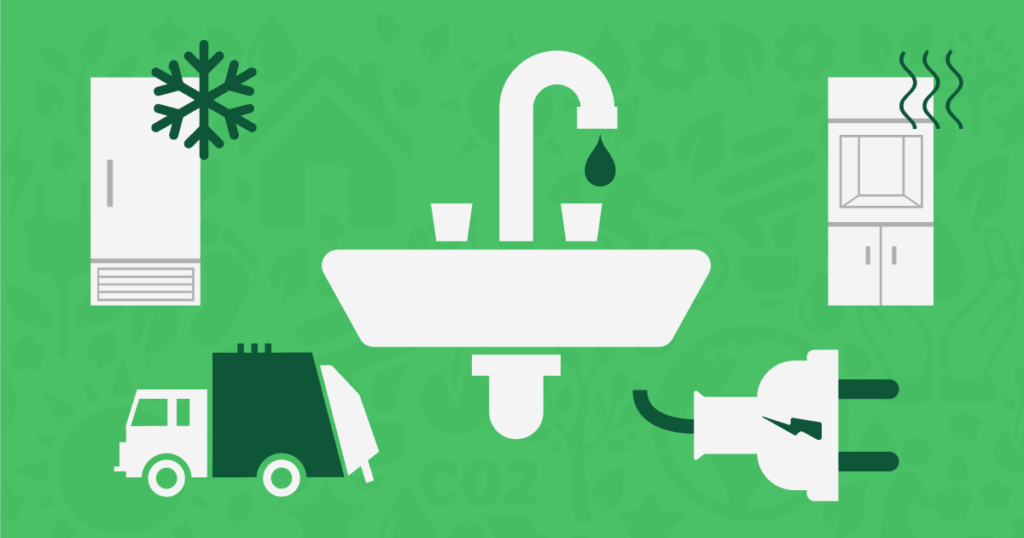Foodborne disease affects almost 1 in 10 people around the world annually, and continuously presents a serious public health issue (9).

More than 200 diseases have evolved from consuming food contaminated by bacteria, viruses, parasites, and chemical substances, resulting in extensive increases in global disease and mortality rates (9). With this, foodborne pathogens cause a major strain on health-care systems; as these diseases induce a variety of different illnesses characterized by a multitude of symptoms including gastrointestinal, neurological, gynecological, and immunological (9,2).
But why is food contamination increasing?
New challenges, in addition to established food contamination hazards, only serve to compound and increase food contamination risks. Food is vulnerable to contamination at any point between farm and table—during production, processing, delivery, or preparation. Here are a few possible causes of contamination at each point in the chain (2):
- Production: Infected animal biproducts, acquired toxins from predation and consumption of other sick animals, or pollutants of water, soil, and/or air.
- Processing: Contaminated water for cleaning or ice. Germs on animals or on the production line.
- Delivery: Bacterial growth due to uncontrolled temperatures or unclean mode of transport.
- Preparation: Raw food contamination, cross-contamination, unclean work environments, or sick people near food.
Further emerging challenges include, more complex food movement, a consequence of changes in production and supply of imported food and international trade. This generates more contamination opportunities and transports infected products to other countries and consumers. Conjointly, changes in consumer preferences, and emerging bacteria, toxins, and antimicrobial resistance evolve, and are constantly changing the game for food contamination (1,9).
Hence, versatile tests that can identify foodborne illnesses in a rapid, versatile, and reliable way, are top priority.
Continue reading “Have No Fear, qPCR Is Here: How qPCR can help identify food contamination”








